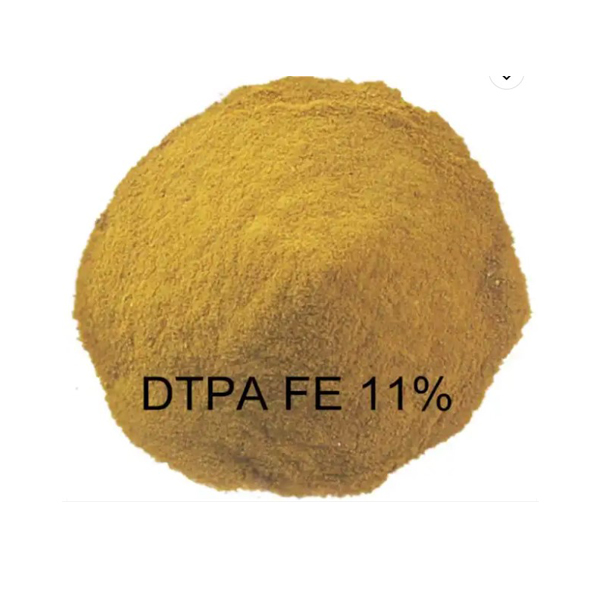
News
Dec . 30, 2024 07:21 Back to list
anhydro polyaspartic acid
Anhydro Polyaspartic Acid A Versatile Polymer with Broad Applications
Anhydro Polyaspartic Acid (APA) is a fascinating polymer that has garnered attention in various fields due to its unique chemical structure and properties. This biodegradable polyamino acid is derived from aspartic acid and has shown significant potential in applications ranging from agriculture to biomedical fields. Its versatility stems from its ability to form hydrogels, its biocompatibility, and its environmentally friendly nature.
Chemical Structure and Properties
Anhydro Polyaspartic Acid is characterized by its anhydrous structure, which enhances its solubility and reactivity in various solvents. The polymer possesses a repeating unit of aspartic acid that can be modified to tailor its properties for specific applications. Its ability to form hydrogels is particularly noteworthy, as these hydrogels can retain large amounts of water while maintaining their structural integrity. This characteristic makes APA an excellent candidate for applications in drug delivery systems and wound care products.
In addition to its hydrophilic nature, APA exhibits biocompatibility, which makes it suitable for medical applications. It is non-toxic and does not elicit an adverse immune response, making it a safer alternative to synthetic polymers commonly used in biomedical applications. Its biodegradability further enhances its appeal, as it can break down naturally in the environment, reducing long-term pollution.
Applications in Agriculture
One of the compelling applications of Anhydro Polyaspartic Acid is in the agricultural sector. Researchers have found that it can be used as a soil conditioner and a nutrient delivery system. When incorporated into soil, APA can retain moisture, decrease erosion, and improve soil structure. Its ability to release nutrients slowly over time allows for more efficient fertilizer use, which can enhance crop yields while minimizing environmental impact.
anhydro polyaspartic acid

Additionally, APA can be used in the formulation of biopesticides, where its properties can help in the sustained release of active ingredients. This capability not only improves pest control efficacy but also reduces the frequency of pesticide applications, leading to a more sustainable agricultural practice.
Biomedical Applications
In the biomedical field, Anhydro Polyaspartic Acid has shown promising potential in drug delivery and tissue engineering. Its ability to form hydrogels allows for the encapsulation of various therapeutic agents, facilitating their controlled release over time. This is particularly advantageous in cancer treatment, where localized drug delivery can reduce systemic side effects and improve therapeutic efficacy.
Moreover, APA’s biocompatibility and biodegradability make it an attractive material for scaffolding in tissue engineering. Researchers are exploring its use in creating structures that support cell growth and tissue regeneration, with the aim of developing treatments for injuries and degenerative diseases.
Conclusion
Anhydro Polyaspartic Acid is a multifaceted polymer with significant potential across various sectors, including agriculture and biomedicine. Its unique properties, such as hydrophilicity, biocompatibility, and biodegradability, position it as a valuable material in addressing some of the current challenges in these fields. As research continues to uncover new applications and methods for enhancing its properties, APA is likely to play an increasingly important role in sustainable practices and innovative medical solutions. The future of Anhydro Polyaspartic Acid not only holds promise for scientific advancements but also for contributing to a more sustainable and healthier planet.
-
OEM Chelating Agent Preservative Supplier & Manufacturer High-Quality Customized Solutions
NewsJul.08,2025
-
OEM Potassium Chelating Agent Manufacturer - Custom Potassium Oxalate & Citrate Solutions
NewsJul.08,2025
-
OEM Pentasodium DTPA Chelating Agent Supplier & Manufacturer High Purity & Cost-Effective Solutions
NewsJul.08,2025
-
High-Efficiency Chelated Trace Elements Fertilizer Bulk Supplier & Manufacturer Quotes
NewsJul.07,2025
-
High Quality K Formation for a Chelating Agent – Reliable Manufacturer & Supplier
NewsJul.07,2025
-
Best Chelated Iron Supplement for Plants Reliable Chelated Iron Fertilizer Supplier & Price
NewsJul.06,2025
